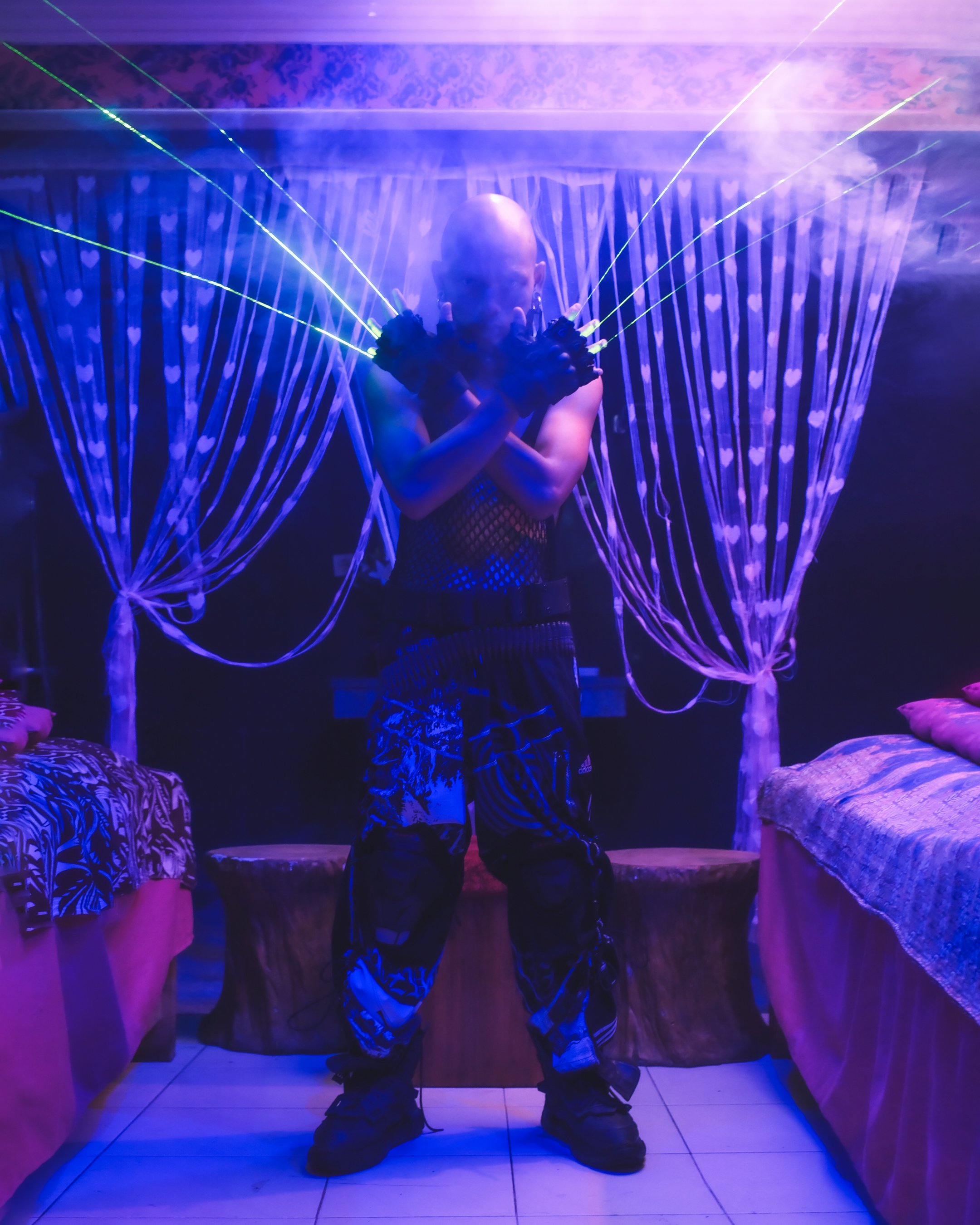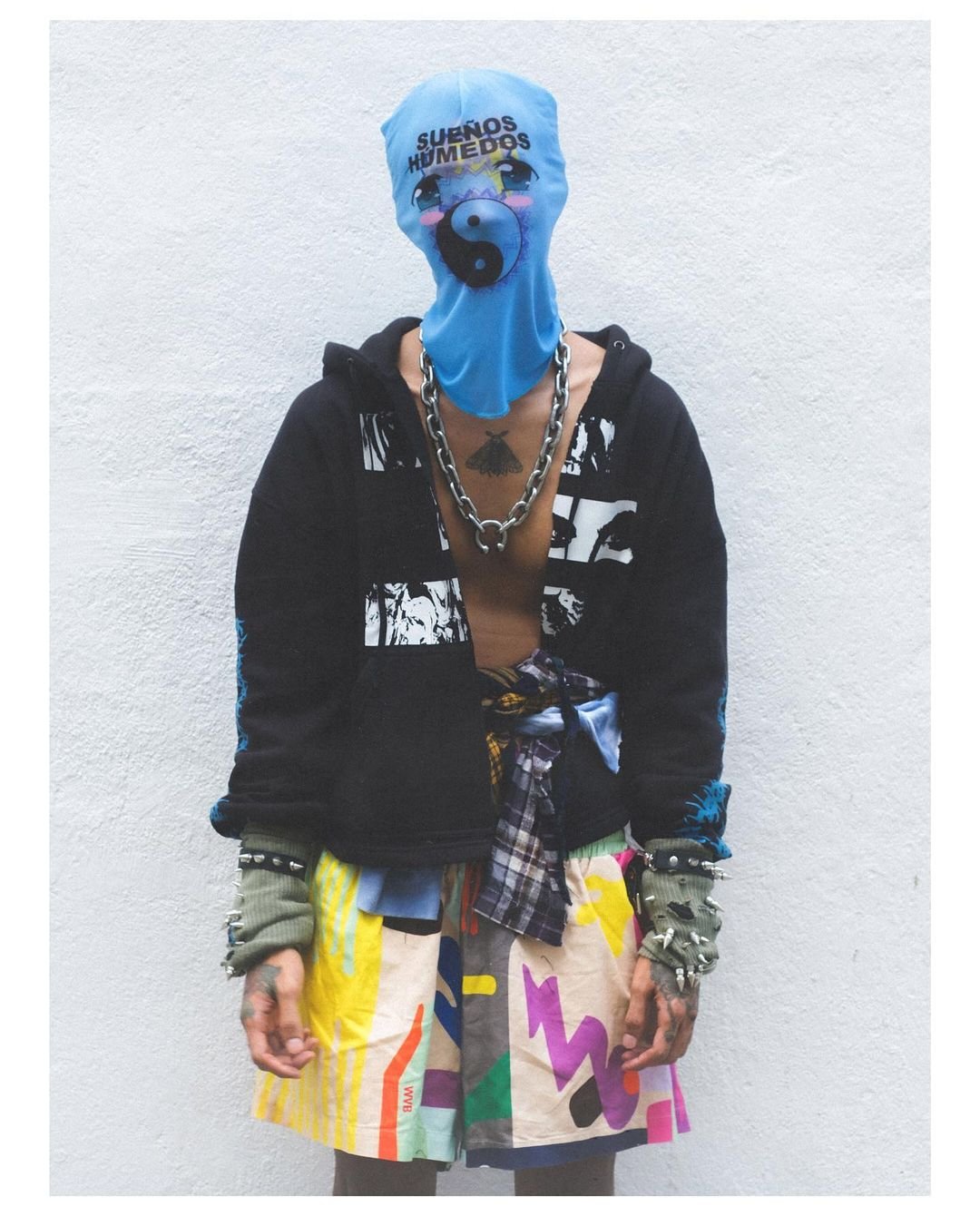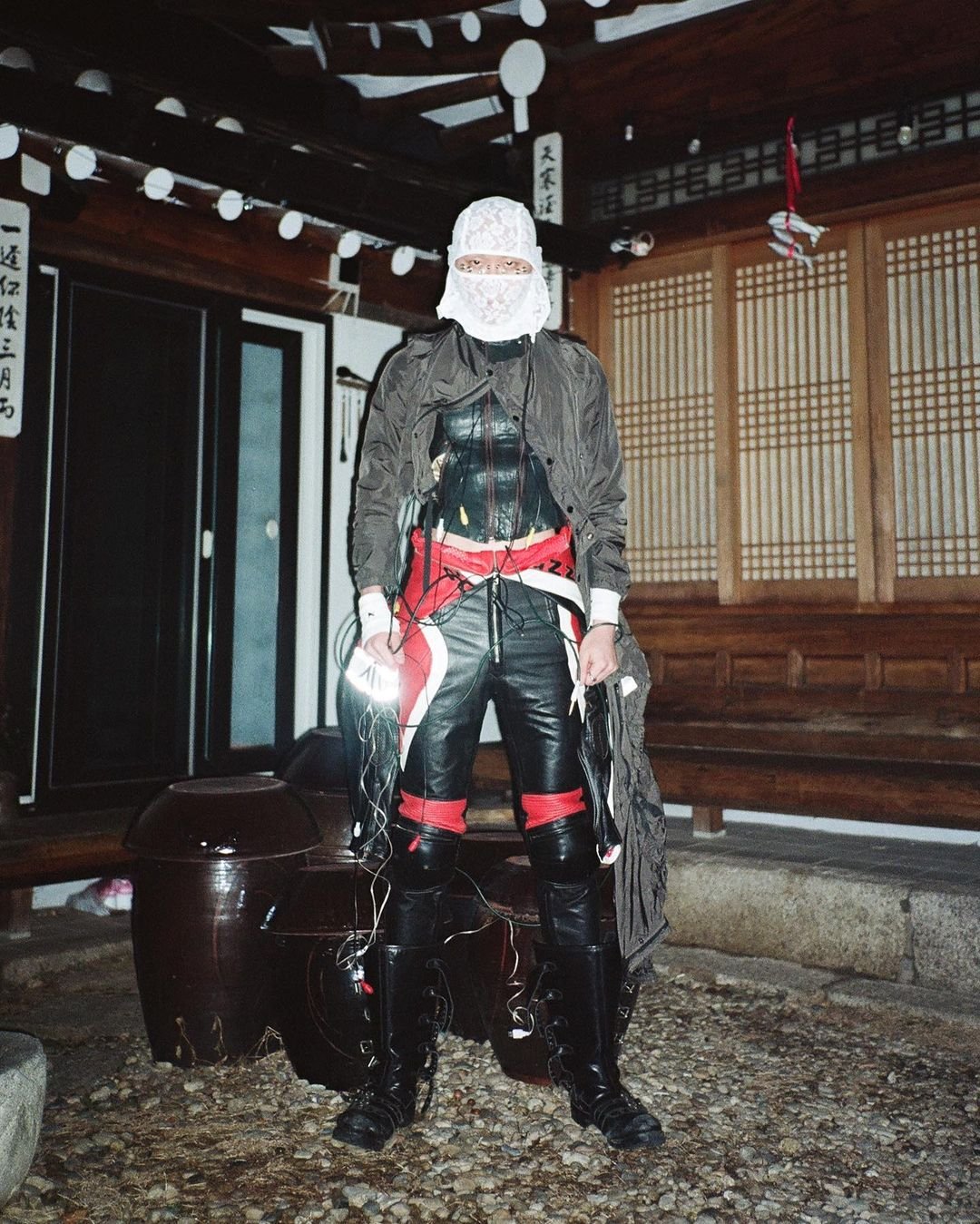Fresh Faces: Ryan Lee
Creative collaborations and youth subculture
F&M’s Fresh Faces is a series featuring young Southeast Asian fashion practitioners, where we speak with them about how they embarked on their careers and what propels them as creatives.
Portrait of Ryan Lee. Image courtesy of Ryan Lee.
Ryan Lee is a stylist catapulted from the Singaporean Gen-Z scene. Ryan regularly collaborates with photographer Joseph Koh. Together, they are invested in creating imagery that reflect a growing subculture of youths invested in fashion, parties and looking sharp. Since 2018, Ryan has expanded this world, working on projects from Indonesia to South Korea. To date, he has worked on campaigns, runway shows and various editorials. Read more to learn about his process.
'Deepscroll Healing' for Gata Magazine. Image courtesy of Ryan Lee.
Could you tell us how you approach the role of a stylist?
As a stylist, my role is to tell a story through clothing; sometimes it is a client’s concept, and at other times, it is a personal project that I am working on.
Could you describe the process behind preparing for a job?
Usually, I start preparing for a job by familiarising myself with the mood board and/or the client. Next, I reach out to people, peers or brands on Instagram with the desired look or pieces I need to loan for the job. If it is for a client, I start piecing together looks that are congruent to their branding and concept, and then arrange a fitting with the respective model to ensure everything looks good together.
However, if it was a personal project or collaboration with other creatives, I usually do not make a mood board for styling, but rather just loan everything that might suit what I’m going for, and improvise on the set itself. I feel that doing personal work like this is way more fun and challenging! I get to learn a lot more.
Untitled editorial. Image courtesy of Ryan Lee.
What or who are the main influences your work draws upon?
My main influences are stylists that I have assisted on set before, more specifically Shun Watanabe from Japan, and Nicole Walker from Sweden. I love how they draw inspiration from their own cultures, as well as their DIY approach when it comes to styling. I have seen Shun Watanabe make a floral harness using two white button-ups and a balaclava using bandana scraps. I have also seen Nicole Walker make an entire dress out of lingerie and random fabrics on set. These examples proved to me that I can make and manipulate anything out of anything.
JF3 Fashion Festival, Future Loundry Debut Show. Image courtesy of Ryan Lee.
Describe your experience at the JF3 Fashion Festival styling for Future Loundry this year. Are there any specific elements for styling the runway that you would want people to pay attention to, and why?
Styling for Future Loundry’s debut show at the JF3 Fashion Festival this year was hugely influenced by brand owners Ican Harem and Manda Pinky’s upbringing and life in Bali, as well as the alay subculture. While preparing for the runway, I travelled around Bali a lot, did what tourists do, and paid close attention to what was happening around me. This was important research for portraying Future Loundry’s brand.
I then emulated this random chaos I had been soaking up over several weeks onto the runway through the use of specific accessories such as diving backpacks, laser gloves, and counterfeit slippers with typographical errors, to name a few. These were all peculiar things I noticed while exploring the streets of Bali. Proportions and fabric manipulation also played a huge part in the runway’s styling; button-up shirts tied at the bottom, text-heavy t-shirts that are too long, and sagging boxers paired with tight shorts are some examples to reflect Bali’s overcrowded tourism from a satirical standpoint.
Could you share more about collaboration in your line of work?
Collaborations fuel innovation. Since my style is edgier and less commercially viable, I get my creative outlet from collaborations with like-minded people both in Singapore and internationally. There is something cathartic about assembling a group of creatives and making something out of nothing with no restraint. Collaboration is also an organic way of networking, and I feel that it opens everyone up to new perspectives and ways of doing work.
Collaboration is also an organic way of networking, and I feel that it opens everyone up to new perspectives and ways of doing work.
‘Lip Service’ editorial. Image courtesy of Ryan Lee.
As a stylist, what are some of the key challenges you face and equally, opportunities that you seek?
A big challenge for me is making my work more commercially viable, especially in Singapore where the fashion industry is dominated by a full-look policy. Each editorial kind of looks similar to the next, and few new ideas are being pushed forward, no matter how magazines here preach being progressive and Gen Z-oriented. I would like to have more opportunities outside of Singapore with brands, people and magazines that I resonate with, and that are willing to take risks together.
'NAVER-REALM' with Gigant PR. Image courtesy of Ryan Lee.
NUYOU Editorial January 2024 Issue. Image courtesy of Ryan Lee.
What are your hopes for your local fashion scene in Southeast Asia?
I hope that the local fashion scene becomes more collaborative, and creatives can be more open-minded. I know many individuals who also want to pursue this path in the creative industry but do not know where to start or are too scared to reach out to people, which hopefully can be changed in the future. I also hope that creatives all around Southeast Asia have a platform to find each other and connect.
See more of Ryan’s work on Instagram @destroyryvn, and read his profile on The Dossier here.







